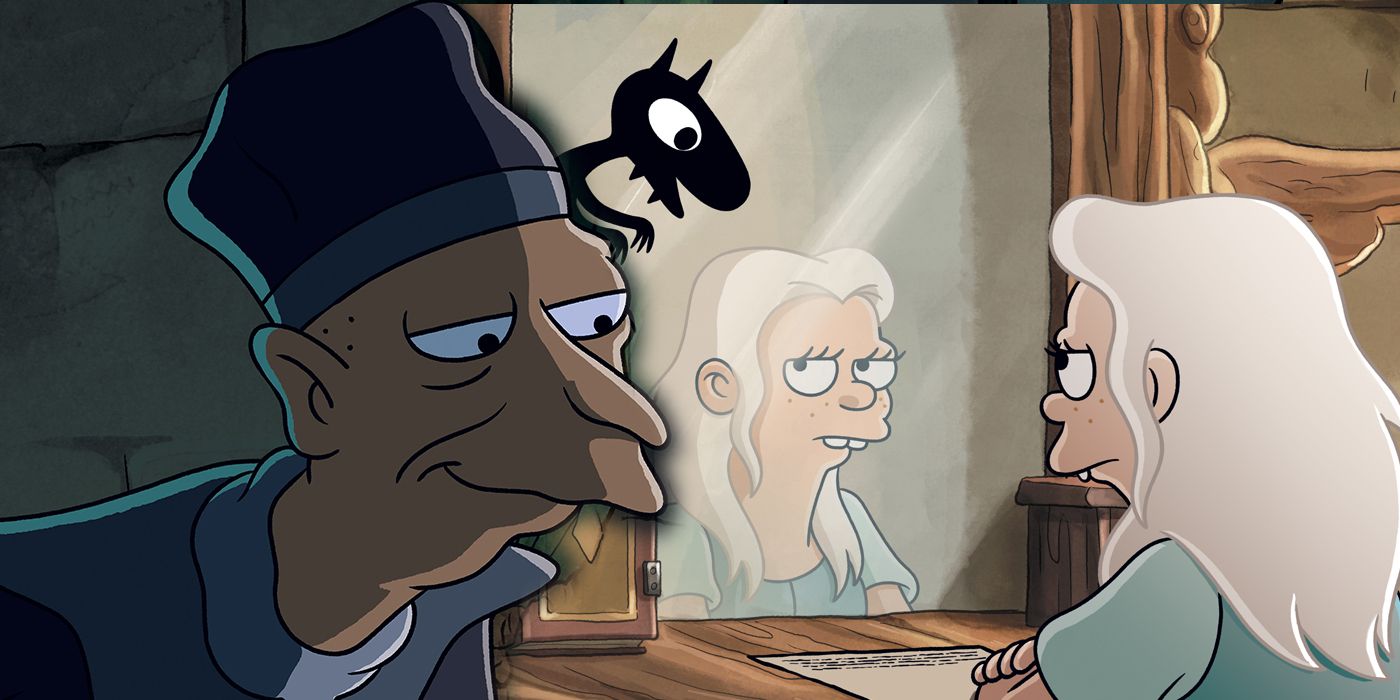
Warning: This feature contains SPOILERS for Disenchantment season 3.
Disenchantment season 3 ended in much the same fashion as season 2, with multiple cliffhangers and most of its storylines unresolved. Indeed, the biggest difference between the two finales was that Part 3 (Netflix’s official title) ended with the protagonists facing individual perils, rather than facing a mob of strange monsters and an old enemy together.
The action of Disenchantment season 3 picked up where Disenchantment season 2 ended, with Princess Bean, Elfo and the demon Luci hunting the assassin who attempted to kill King Zøg. The trail led to the Archdruidess who headed Dreamland’s church, who was revealed to be an agent from Steamland, which was interested in the magical resources of Dreamland. This left Bean trying to prepare against an invasion from Steamland, only to face an entirely different army led by the ogre prince Junior, who wanted revenge on Elfo for blinding him. The final episode ended with the three protagonists separated, with Elfo in the clutches of the ogres and Luci trapped in Heaven after dying a heroic death trying (and failing) to save Bean from being kidnapped by her evil mother, Queen Dagmar of Maru.
Surprisingly little of this and the other events of the Disenchantment season 3 finale had any baring upon the many ongoing subplots running throughout the animated series’ storyline. The only thing clear in all the confusion is that a major war between multiple factions is coming to Dreamland and all Hell may break loose before it is over. Here’s a rundown of the many questions raised over the course of Disenchantment season 3.
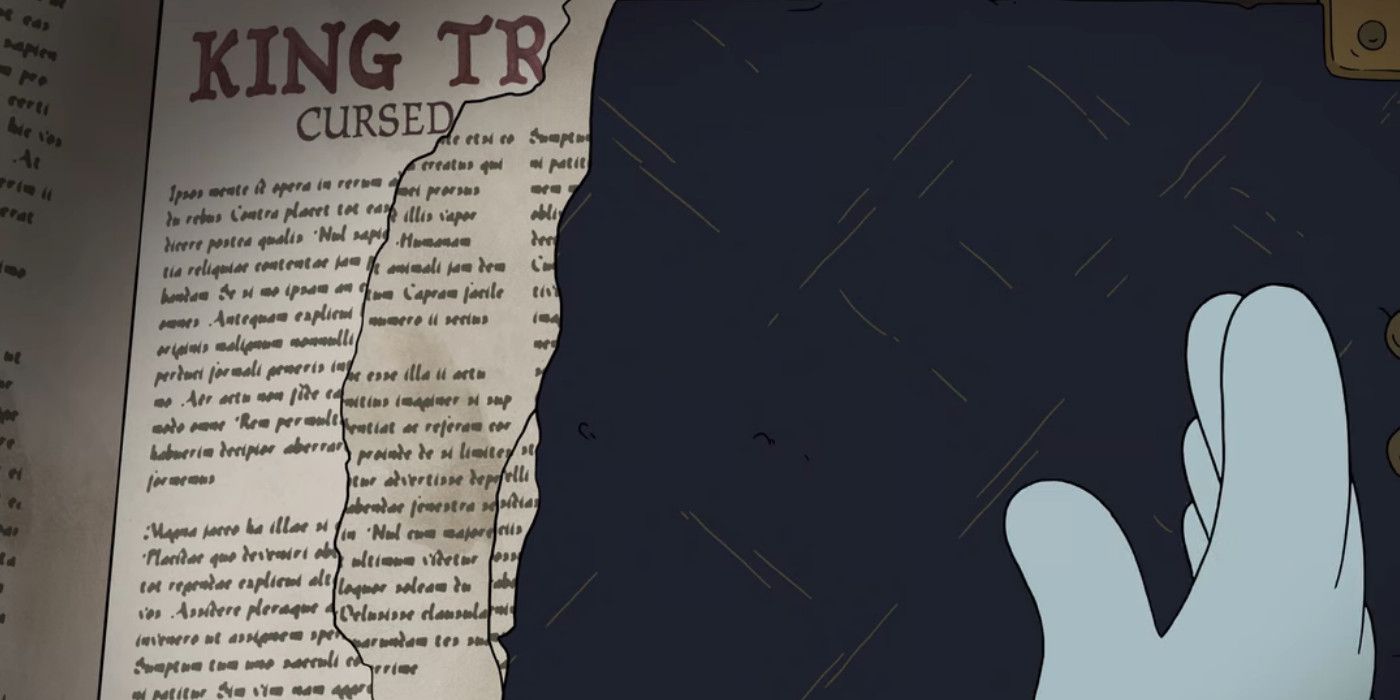
Disenchantment season 3 introduced a new complication in the form of a book, The Royal Log From Agøgg to Zøg: A Secret History of the Kings of Dreamland. Also known as the Book Of Øgs, The Royal Log is a book of great importance to the Seekers; the secret society whose Dreamland branch is overseen by Prime Minister Odval. Prince Derek discovered the book under his bed and found that the final few pages detailing the line of kings after a king whose named started with “Tr” had been ripped out. The discovery stunned Odval, who noted that he would be “really miffed” if someone was plotting something without him. It was later revealed that the exorcist Big Jo was part of a faction of the Seekers who were trying to find the missing pages of the Book of Øgs, begging the question of who removed the pages in the first place and how long ago they did so.
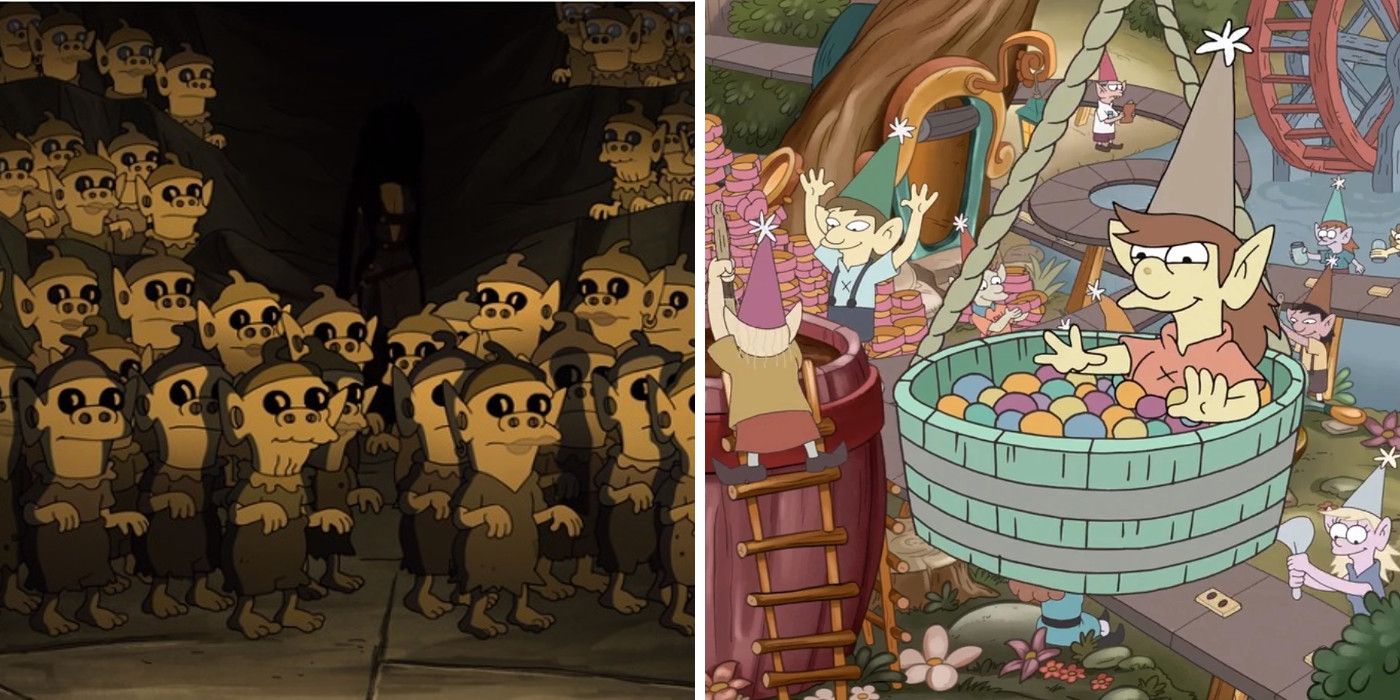
One of the few subplots from earlier seasons addressed in Disenchantment season 3’s finale involved the Dread Pirate Leavo and his secret quest to find something tied to the destiny of the Elves in the caves under Dreamland. Leavo was introduced in the Disenchanment season 2 episode “The Very Thing,” in which he was searching for a mysterious Elven treasure. The Part 3 finale revealed “the very thing“ to be Candyass, an ancient seat of Elven power. This confirmed the Elf King Rulo’s suspicions that Dreamland was the original Elven homeland before his people hid themselves from humanity in the Elfwood.
The fact that Dreamland was once inhabited by the Elves raises questions about their relationship to the Trøgs, the race of diminutive, pale-skinned people who currently live in the caves under Dreamland. The Elves and Trøgs are of a similar height, have pointed ears and both races seem to have the same conventions for naming themselves after their jobs or major personality traits, with Dagmar having a Trøg massage therapist named Caresso. It is also notable that Elfo seems to be unusually attractive to Trøg women, who find his smaller nostrils exotic.
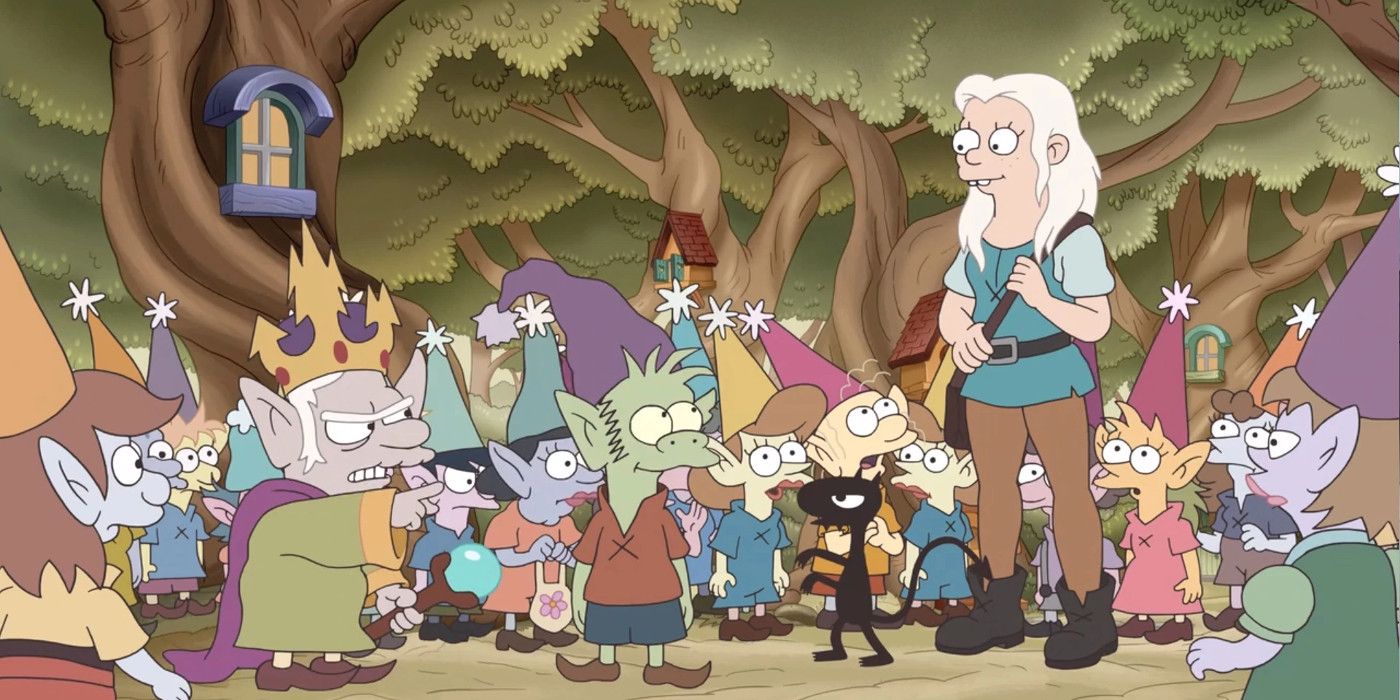
Another major revelation in the Disenchantment season 3 finale came after Odval translated a series of runes written in what he identified as “the ancient language of the Ancients,” which is apparently the proper name of the symbol-based language used by the nation of Maru. The runes had been scribbled in the margins of a missing page from the Book Of Øgs and spoke of a battle fought in Dreamland between Princess Bean’s ancestors and an ancient foe. The foes lost, but lay a curse upon the king who bested them and his bloodline. Odval described the runes as “frustratingly vague,” noting they did not identify who this ancient enemy was or give specifics as to what the curse was. Given the revelation that Dreamland once belonged to the Elves, however, it seems likely that Bean’s ancestors were responsible for forcing the ancient Elves into hiding after driving them from their ancestral homeland.
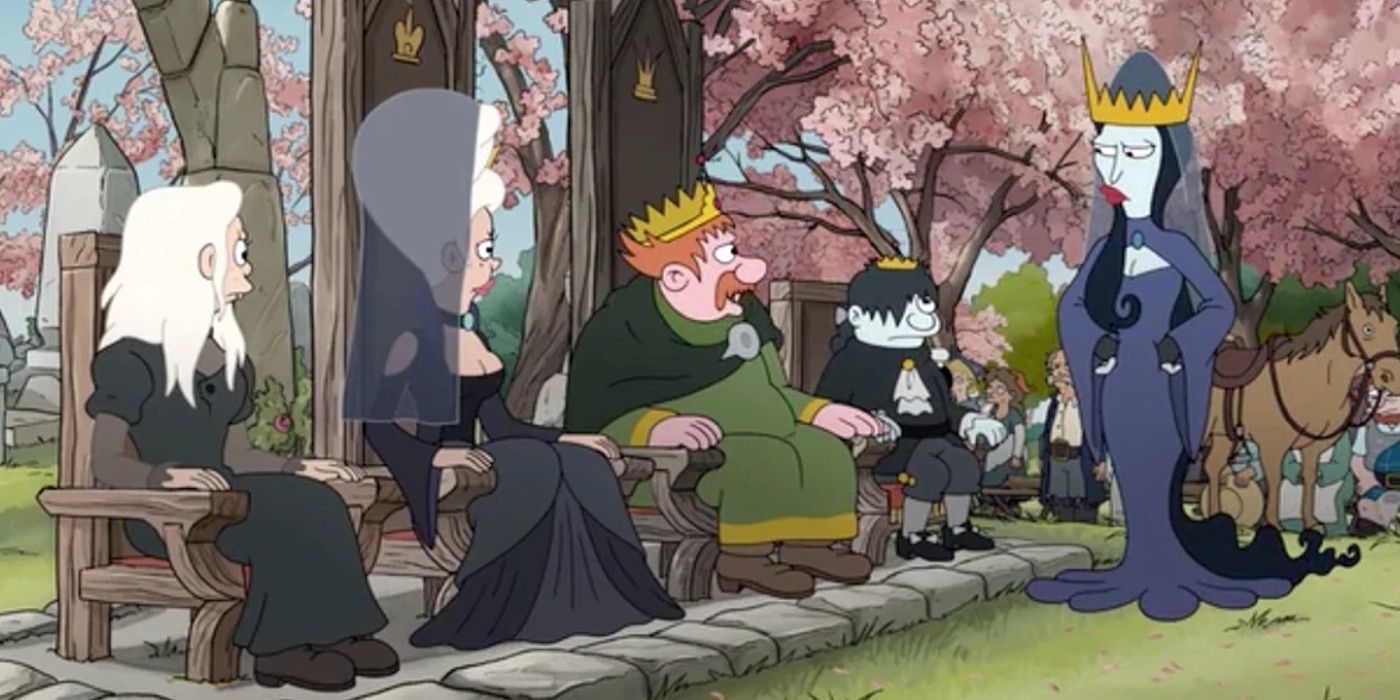
Another question raised by the Book Of Øgs is whether there is some connection between the bloodline of Dreamland’s royalty and the Trøgs. The first missing page from the Book Of Øgs starts off describing a cursed king whose name started with “Tr.” It should be noted that the previous and subsequent kings of Dreamland all had names that ended with “øg.” It seems too big a coincidence that the diminutive race share the name of a human king who ruled the land they settled in, but it would be typical of Disenchantment’s writers to build up this sort of expectation only to deflate it.
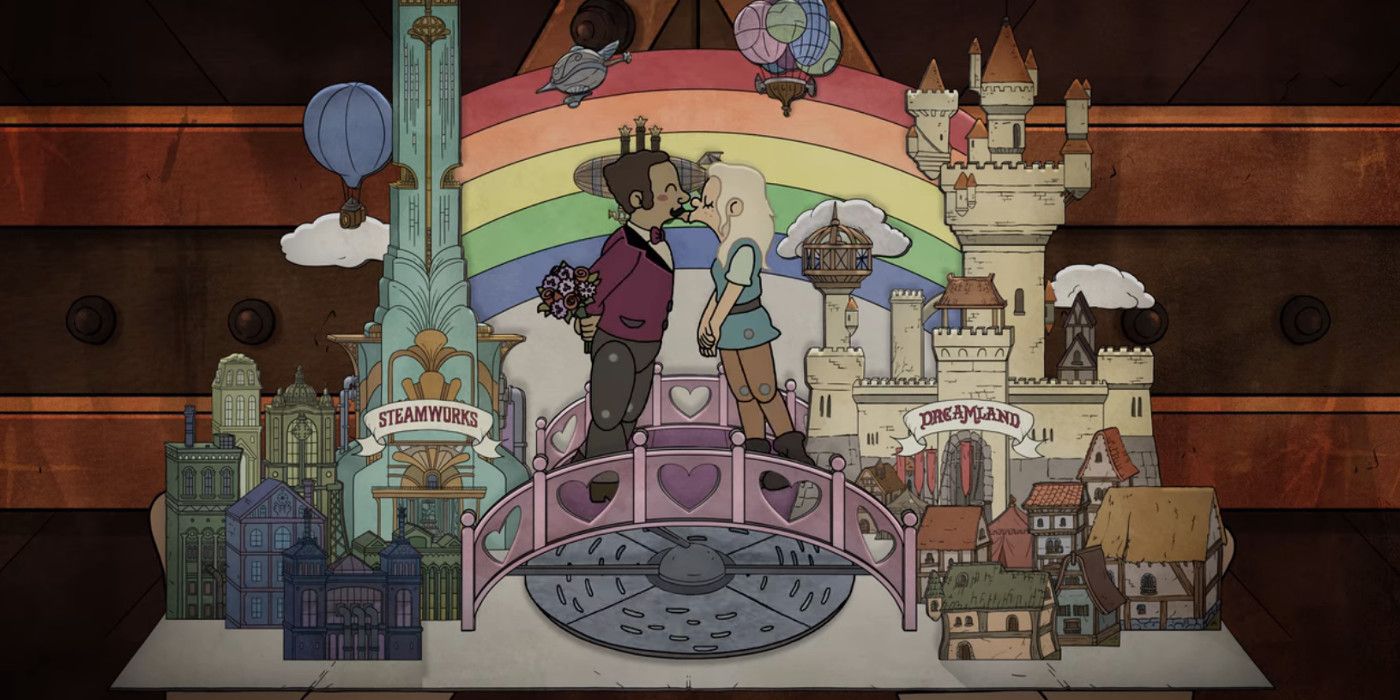
Alva Gunderson, the entrepreneur and inventor who appears to rule Steamland, is a figure of mystery who attempted to romance Bean while posing as a humble assembly line worker. While his agents were involved in the plot to kill King Zøg, Alva denied any involvement in their scheme, claiming they were only meant to bring Bean to him so that he could propose an alliance between their nations, Steamland and Dreamland, which coexist in the world of Disenchantment. Bean was somewhat agreeable, until it became clear that Alva’s intentions weren’t purely scientific and he sent his robot bodyguards to bring her back to his factory after she tried to leave.
While Alva seems to have developed an honest attraction to Bean, it’s still unclear if he is lying about being involved in Steamland’s plot against Dreamland or if his pursuit of Bean is an attempt to win through seduction what he couldn’t take by force. It’s worth noting, however, that the Crown of Dreamland contains a hidden camera Alva can access, suggesting that he’s been watching the world from Zøg’s perspective and watching Bean for some time.
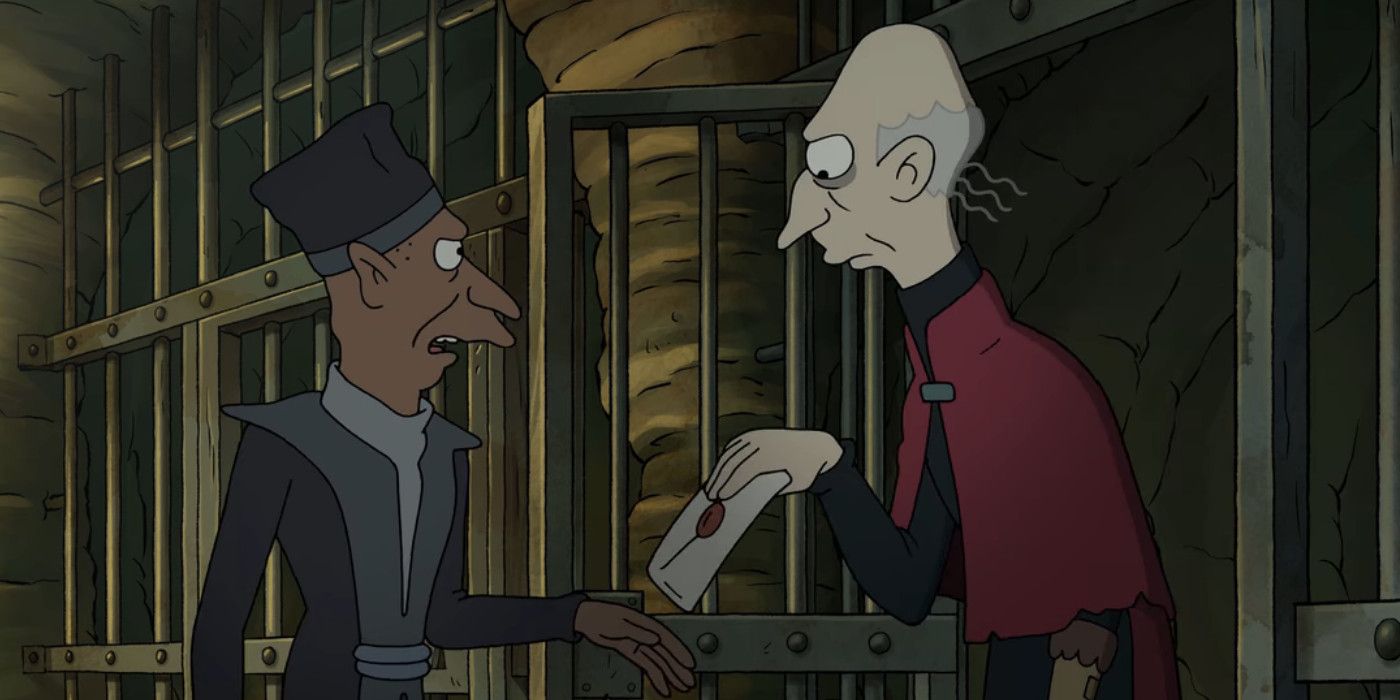
While largely presented as a group of old perverts more concerned with throwing lavish orgies than serious statesmanship, the secret society known as the Seekers have still played a major role in manipulating the governance of Dreamland, having had a hand in killing the previous king Yøg. Despite their seemingly sinister methods, the Seekers do seem to have some basically good intentions, as they are also concerned with breaking the curse on Dreamland’s royal family, though they’re completely lost as to how to do it and just what exactly the curse is. Despite this, they have formulated some kind of secret plan, which Odval wrote down for Big Jo in the season 3 finale before sending him on his way. Presumably this plan will be at the heart of the Seekers’ actions in Disenchantment season 4.
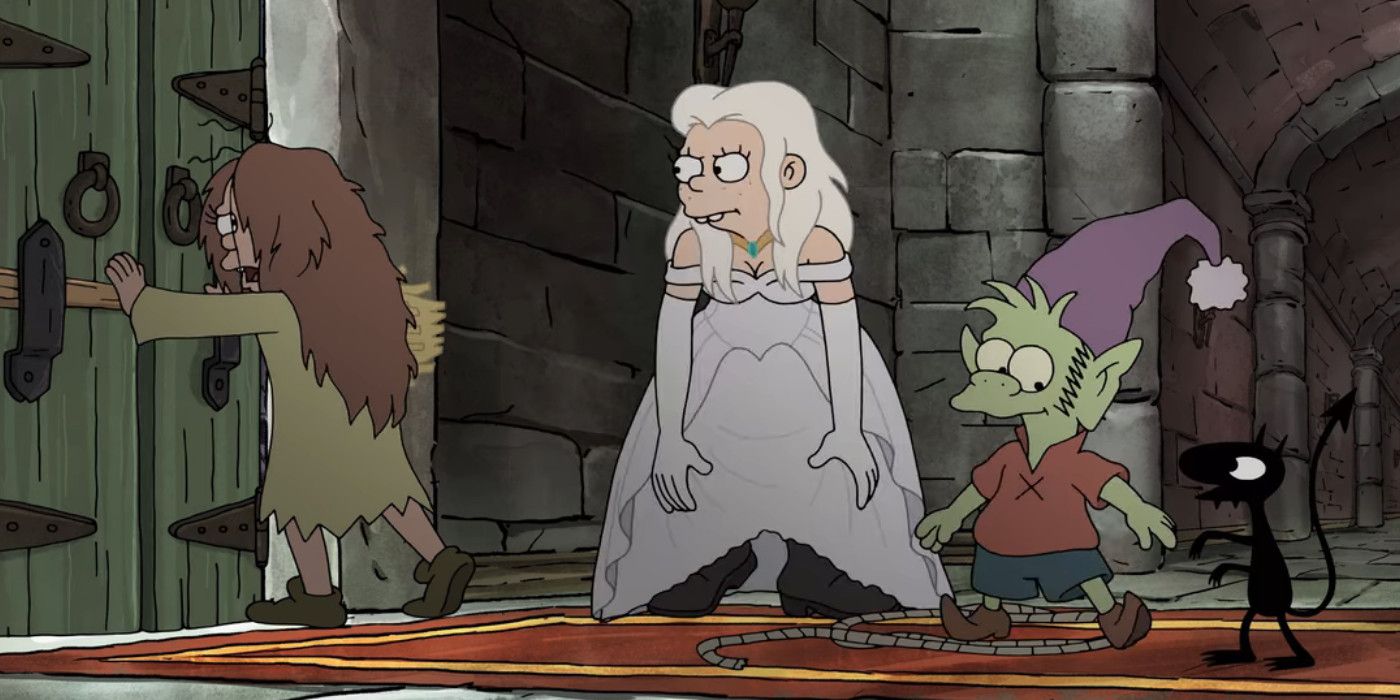
Miri (aka the Mop Girl) has been a largely silent presence throughout Disenchantment, blending into the background cleaning things and occasionally helping Sorcerio with his work. She showed some hidden depths in the season 3 finale, having retrieved the abandoned Crown of Dreamland before hiding it in a cabinet along with the magical ventriloquist dummy that helped King Zøg to speak. She was also able to slow the advance of the ogres into Dreamland’s castle, using what she claimed was an enchanted broom to barricade the door. When Bean sarcastically asked if she was some kind of wizard, Miri said “Well, now that you mention it…,” before turning around to find that Bean, Luci and Elfo had already run off, leaving her alone with her explanations. While it’s entirely possible Miri was being sarcastic about her broom being enchanted, it seems more likely that, much like Wonse from The Watch, she’s a far better magician than the wizard she cleans up after.
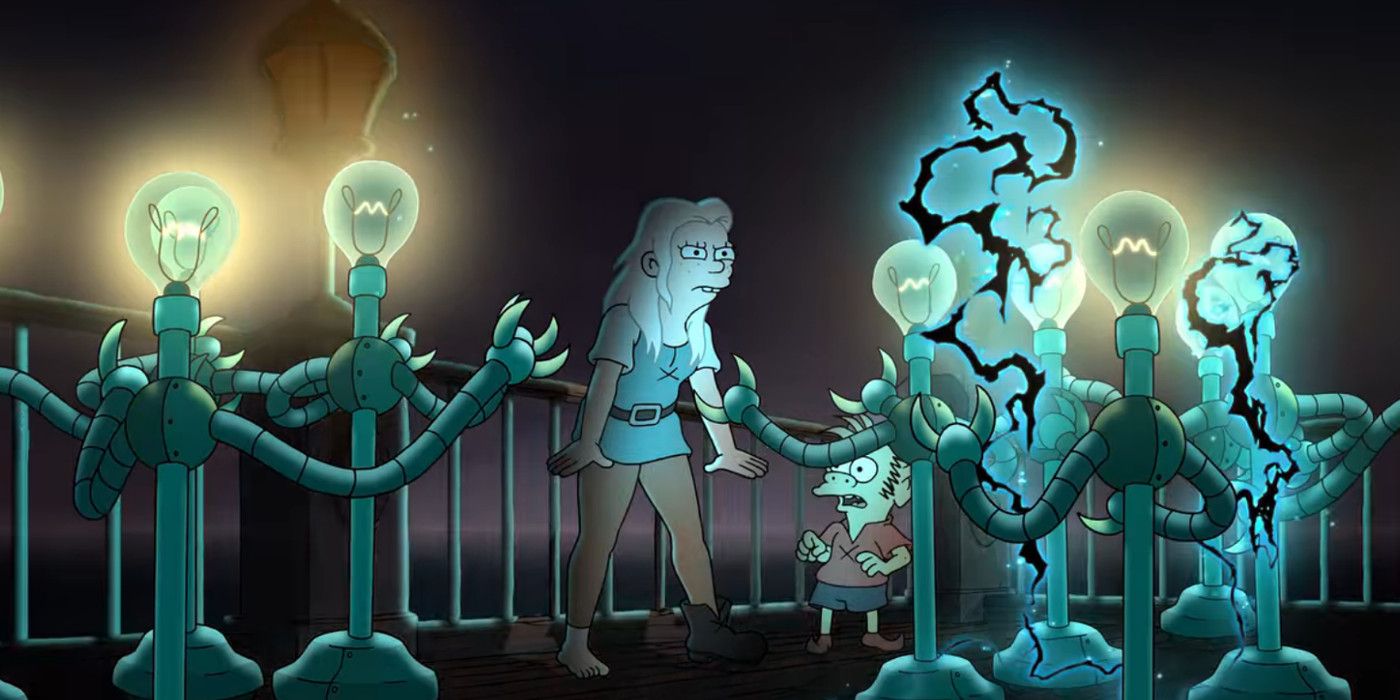
Disenchantment season 3 saw Bean display some kind of magic power, generating a lightning discharge that caused a total blackout of Steamland’s technology. This display of power was never explained, but could be a product of either her status as a noble born of the magic-wielding bloodline of Maru, or it could be part of the mysterious curse tied to Dreamland’s royal family. Bean is also apparently one of the destined saviors of the Trøgs (along with Luci and Elfo) in addition to being the center of another vague prophecy (one of the many fantasy Easter eggs in Disenchantment) involving Maru’s royal family and a debt they owe to Hell. Hopefully some of this will be explored (if not completely explained) by Disenchantment season 4.
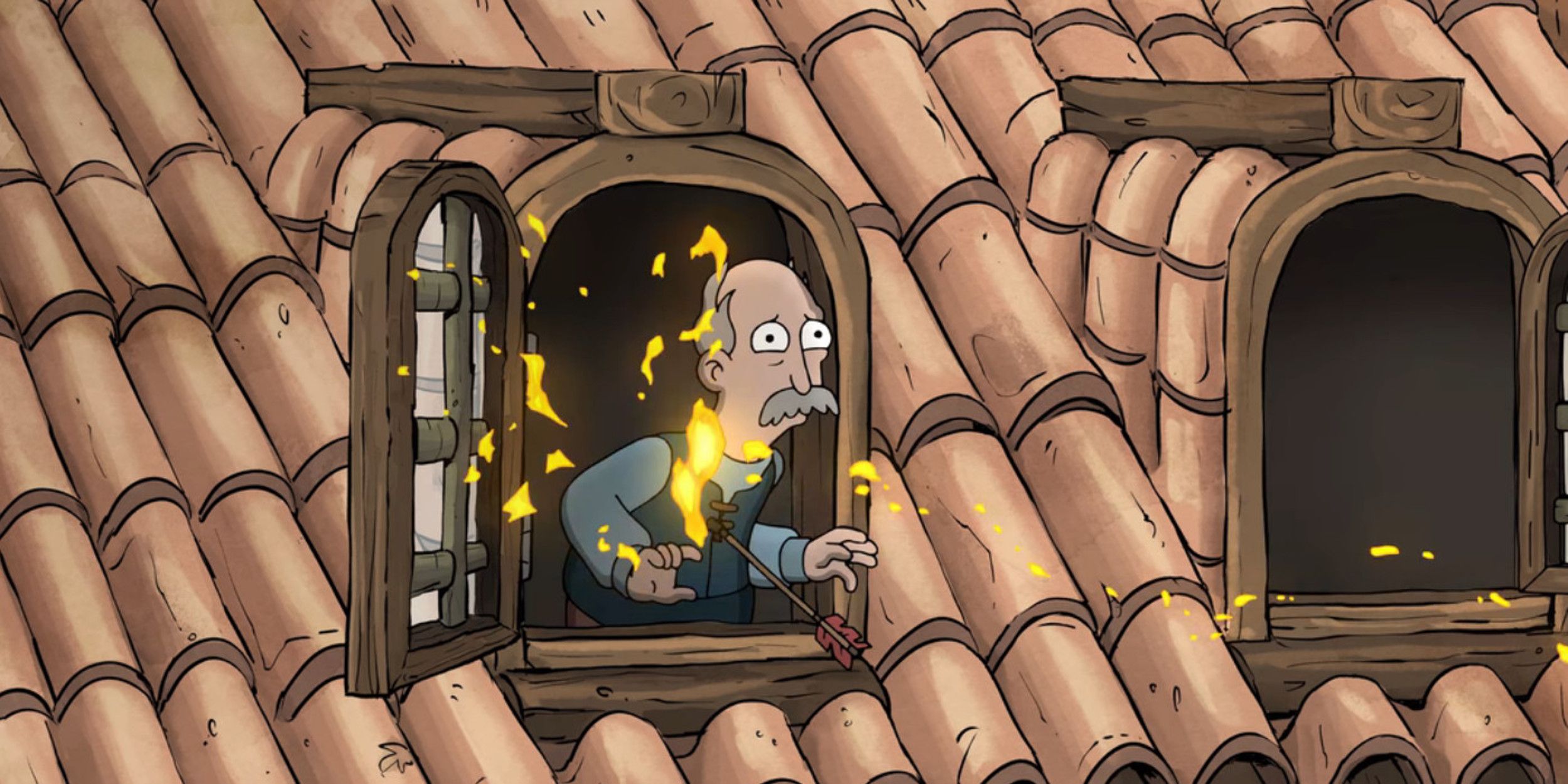
One of the funniest running gags throughout Disenchantment Part 3 involved an overly officious peasant named Herman, who was repeatedly shot in the chest with flaming arrows whenever he complained about how arbitrary and poorly defined the laws of magic and Dreamland were. He first appeared in the Season 1 episode “Castle Party Massacre,” where he was shot by a Viking after going off on a rant about how “things get confusing in a world with occasional magic and curses.” The same thing happened in the episode “Beanie Get Your Gun.” This time, however, it was not obvious who shot the arrow in question, prompting Luci to ask, “Who did that?” The gag happened yet again in Disenchantment‘s season 3 finale, when Herman once again complained about the rules being inconsistent. Herman’s wife urged him to stop tempting fate, only to be shot with a flaming arrow herself. As she fell out the window, apparently dead, Herman had just enough time to say “Who did that?” before taking a flaming arrow to the chest himself. What’s curious is that the arrows came from different directions, suggesting that there is more than one person responsible for punishing Herman for his constant (metafictional) needling.
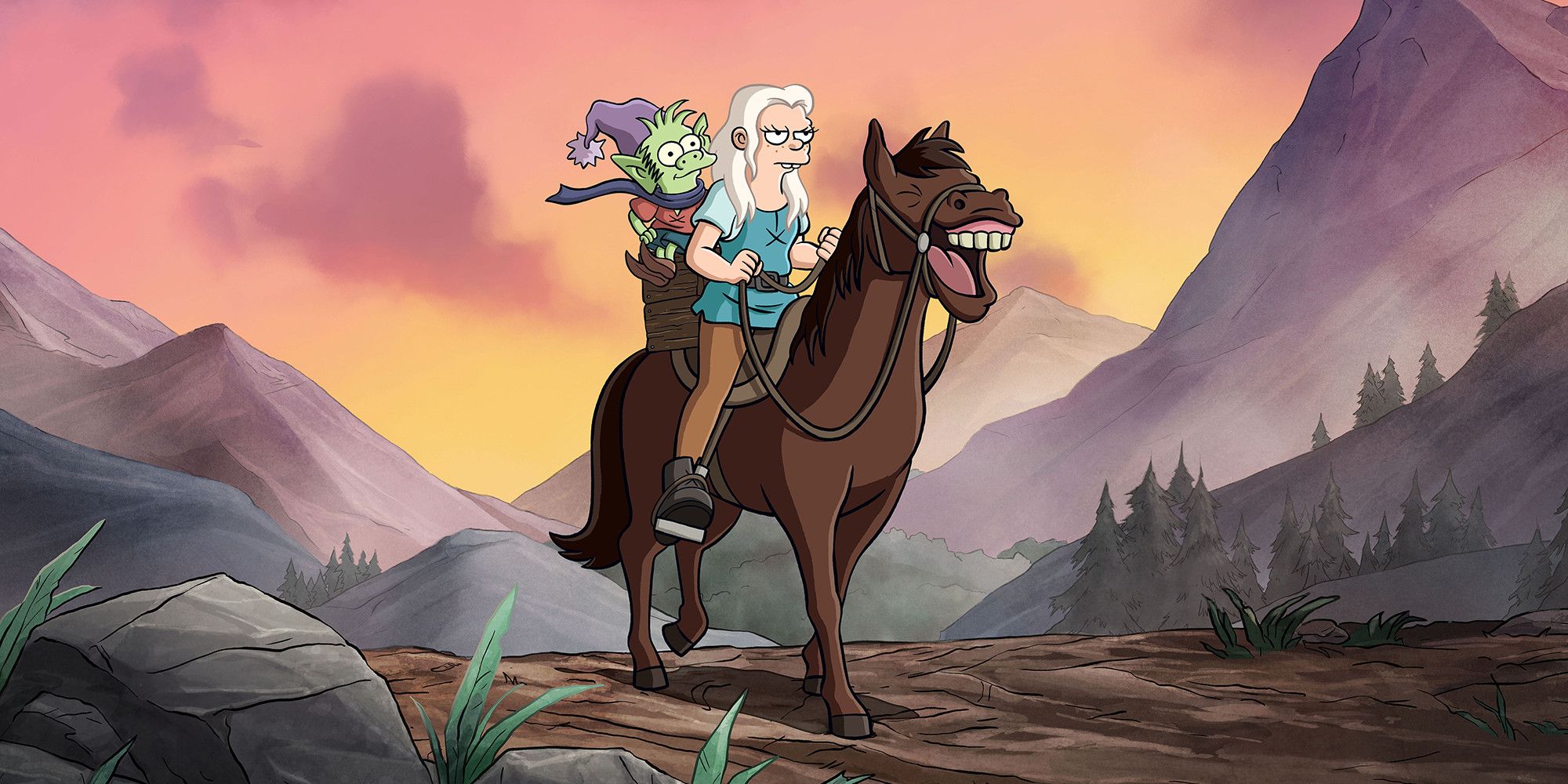
There are a number of other plot threads left dangling following Disenchantment season 3’s ending. The fate of Bean’s new love interest, Mora, is unclear, as is whether or not the experience actually happened (although the show heavily implies that it wasn’t all a dream). The laughing horse, which was last seen tied up in Steamland, was never addressed. Dagmar’s ultimate plan is also a mystery — as is her relationship with the Trøgs (and why she ate their brains) — although the finale hints that she may have been working with Alva and Steamland all along. What the Ogres want with Elfo is also unclear; while they claim to want him as retribution for his violent act, there have also been hints in the past that he may be of Ogre heritage. It’s possible Elfo is actually being reunited with his mother. Elfo’s parentage is likely to be addressed in subsequent seasons, as this has been one of the longest-running mysteries of the series.
There are a number of unanswered questions regarding the fate of Zøg as well. Disenchantment season 3 ended with the torture-loving Chazz, who previously rehabilitated the King in “Castle Party Massacre,” bringing Zøg to an asylum. It’s possible that the king will recover and be able to return to Dreamland, but if that is even possible is unclear. Zøg is still cursed, and what that means is currently unknown. Furthermore, he was drawn to a ventriloquist dummy named “Freckles” who is implied to have some sort of magical or supernatural component (a sign in the shop window said “haunted”). While Disenchantment Part 3 ended without any clear ramifications for Freckles being invited into the castle, he was seen in Miri’s closet and is thus positioned to return in Part 4.
Originally from https://screenrant.com/disenchantment-season-3-ending-biggest-questions/
